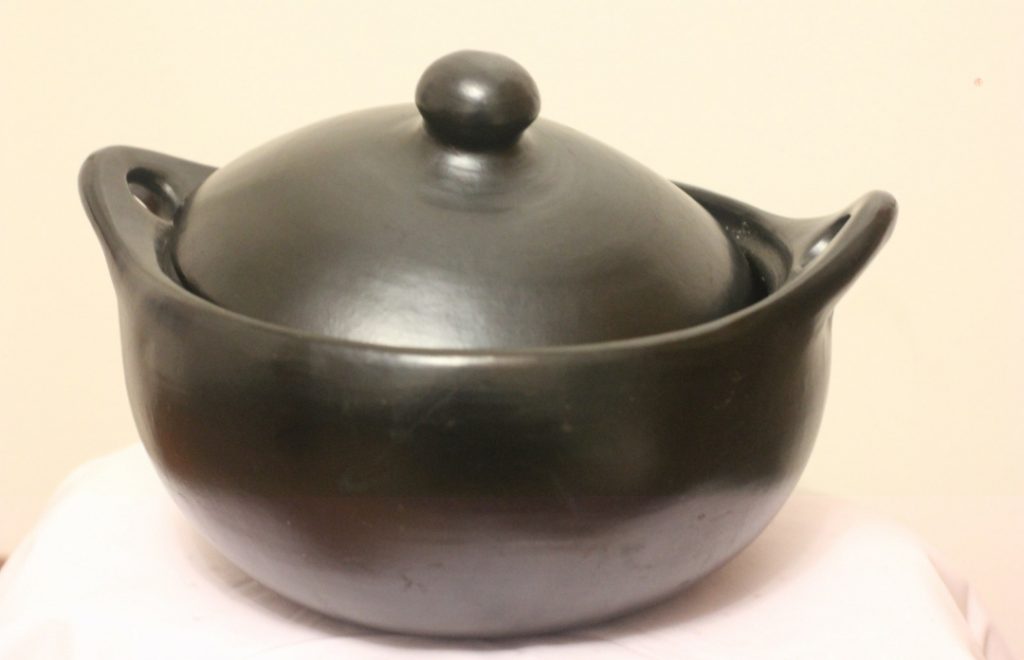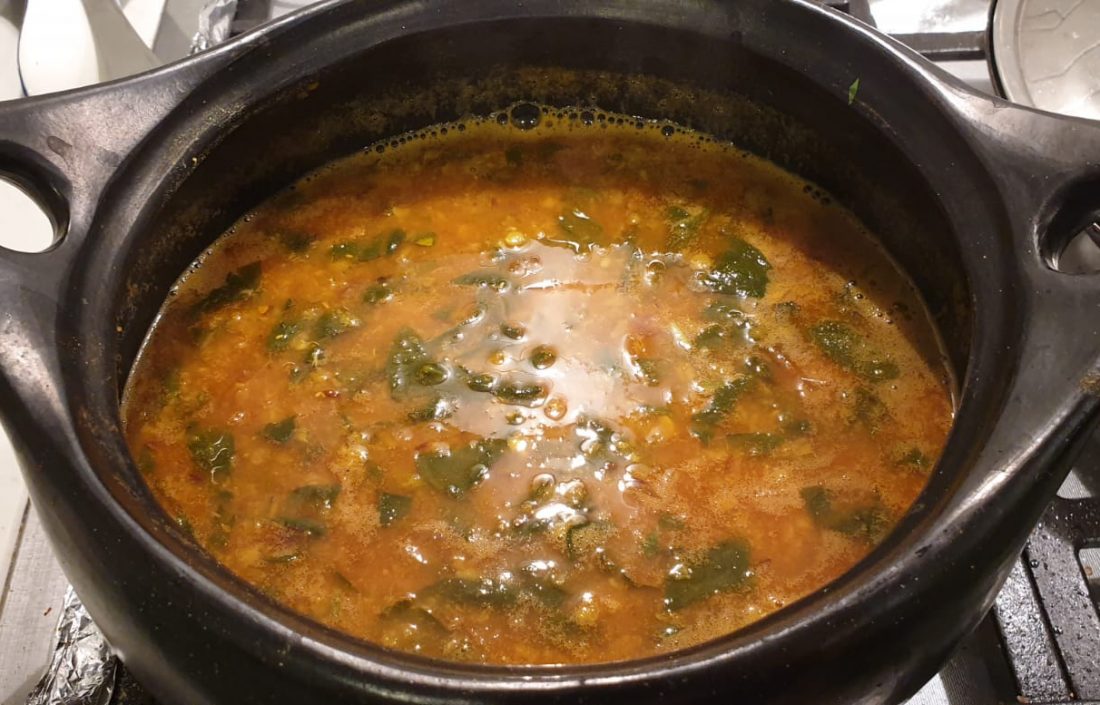Clay Pots
Use of Clay Pots since history………….
Sometimes it is the cooking process, or it is the recipe passed on to us from our mother or grandmother, or it is just a pot that reminds us of a beautiful time with our family.
Today, for me it is the clay pot that reminds me of my beautiful childhood. My mother loved to cook specific daals (lentils) in a clay pot. When I was a teenager, time changed, and the cooking pots made of aluminium and non-stick were readily available in the market. But my mother still preferred to use the natural pots made up of clay.
And wait, I still remember that taste, so natural. The flavours of earthen ware can not be beaten by any other kind of utensil. The clay pots if used on wood fire stoves add the aroma of wood in the food. Also, it is a slow cooking process which enhances all the flavours of spices used in Indian cooking.
This style of cooking is mostly known as grand-mother style cooking.
Throughout the history cooks clay cooking pots on coal, wood or charcoal. The Neolithic homemakers learnt to make pottery vessels to cook their foods[1]. Clay adds natural earthen elements into the foods, needs less energy, does not dissipate heat, therefore, foods stores well and stays warm for longer duration [2]. The added benefit is nutritional value of food is enhanced such as minerals, vitamins and proteins when food is cooked in clay pots [3].
Even diffusion of heat creates great alchemy in the kitchen. Some cooks describe cooking in clay pots keep the memory of the love while cook prepares a dish. The uniform and slow heating in clay pots increases the digestibility of foods [4].
The only thing one should be cautious about is the source, if the soil is contaminated with heavy metals then those contaminants can be leached into the foods too [5,6], therefore, it is best to buy the certified organic clay pots.
Time to go back to the nature, and to be deeply rooted to the soil.
References:
- Staubach S (2013) Clay: The History and Evolution of Humankind’s Relationship with Earth’s Most Primal Element: UPNE.
- Hansen S (2018) Clay: Qualities, Benefits, and Therapeutic Applications A Literature Review.
- Khan D, Banerjee S (2020) Revitalizing ancient Indian clay utensils and its impact on health. International Journal of All Research Education and Scientific Methods 8: 357-360.
- Skibo J, Schiffer M (1995) The Clay Cooking Pot: An Exploration of Women’s Technology. James Skibo, William Walker, and Axel Nielsen: 80-91.
- Nsengimana H, Munyentwali A, Muhayimana P, et al. (2012) Assessment of heavy metals leachability from traditional clay pots “inkono” and “ibibindi” used as food contact materials. Rwanda Journal 25: 52-65.
- Chagas MP, Teixeira LSG, Santana RC, et al. (2020) Determination and Evaluation of Lead Migration for Foods Prepared in Clay Pots. Food Analytical Methods 13: 268-274.


